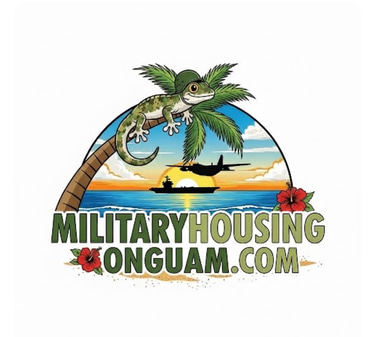The Benefits of Hiring a Certified Military Relocation Professional for Your Next Home Purchase
11/25/20242 min read


Understanding Military Relocation Professionals
When it comes to buying a home, many people think that the process is straightforward. However, for those who are relocating to a new area—especially if they have never lived there before—the complexities can quickly add up. This is where a certified military relocation professional (MRP) comes into play. While the term 'military' may suggest exclusivity to veteran and active-duty personnel, MRPs can provide invaluable support TO ANYONE looking to purchase a home in a new location.
Expertise in Relocation Challenges
An MRP is specifically trained to assist individuals who are moving to a new area. They possess a deep understanding of the unique challenges that come with relocation, such as differences in housing markets, neighborhood characteristics, and local schools. Even if you are not in the military or a veteran, working with an MRP can facilitate a smoother home-buying experience. Their expertise ensures that you don’t miss out on critical information that can affect your purchase decision.
Local Knowledge that Benefits Everyone
One of the significant advantages of hiring a certified military relocation professional is their intimate knowledge of local regions. MRPs are equipped with insights regarding neighborhoods, property values, and community amenities that can save you hours of research. They are also familiar with local regulations and market trends, which are especially vital for newcomers who might not fully understand the area. This local knowledge allows them to offer tailored recommendations that align with your preferences and budget—making your home-buying journey more efficient and enjoyable.
Utilizing an MRP's services even extends beyond just buying advice. If you're new to the area, they can provide resources that help you acclimate, from finding schools to connecting with community services. They may even have network resources to recommend trusted contractors, inspectors, and mortgage lenders. Their connections can significantly ease the transition and help you feel more settled in your new home.
Streamlined Processes for Better Outcomes
The home-buying process often becomes complicated, with negotiations, paperwork, and legal considerations. CMRPs possess not just knowledge, but the negotiation skills necessary to navigate these challenges effectively. Even for non-military clients, their training equips them to manage several tasks simultaneously, ensuring that important deadlines are met and your interests are prioritized.
Whether you are a military family or simply relocating for a job, a certified military relocation professional's support can significantly enhance your experience. By choosing to work with a CMRP, you are investing in a smoother transition, less stress, and a higher likelihood of finding a home that meets your needs. Next time you consider purchasing a home, think about the difference a CMRP could make for you—regardless of your background. Their specialized skill set is an asset that can ease your journey, making it not just bearable, but a rewarding endeavor.
Agent Terry
Your trusted partner in Luxury homes and Military relocation real estate.
CONTACT
terry@thesaltandlightrealty.com
671-689-7726 Local and WhatsApp
terry@thesaltandlightrealty.com
414-301-1277 Stateside
© 2025. All rights reserved.


